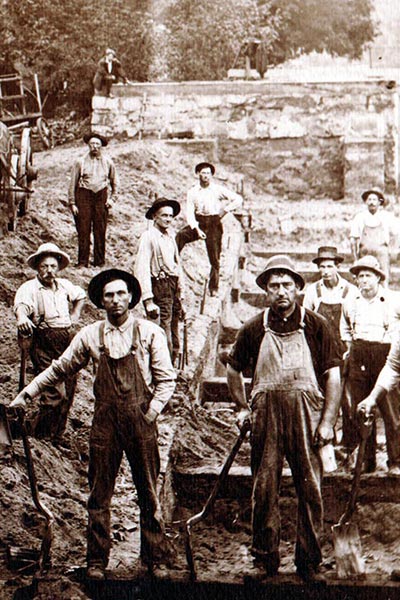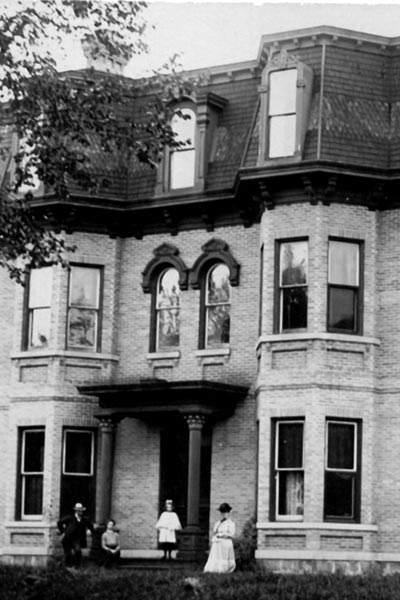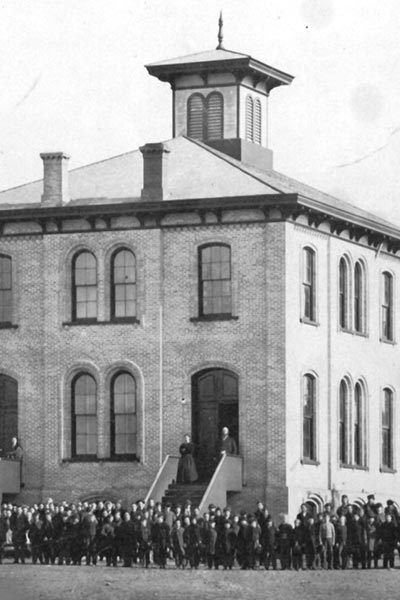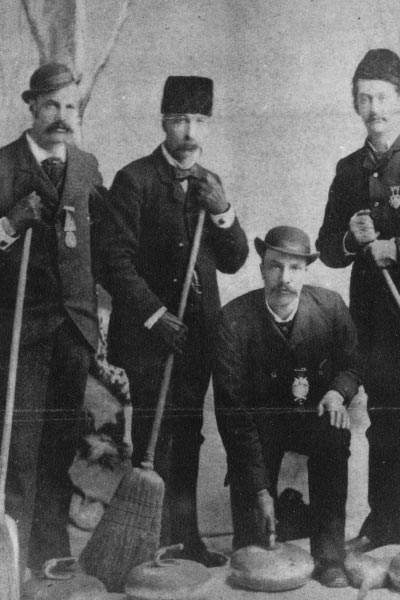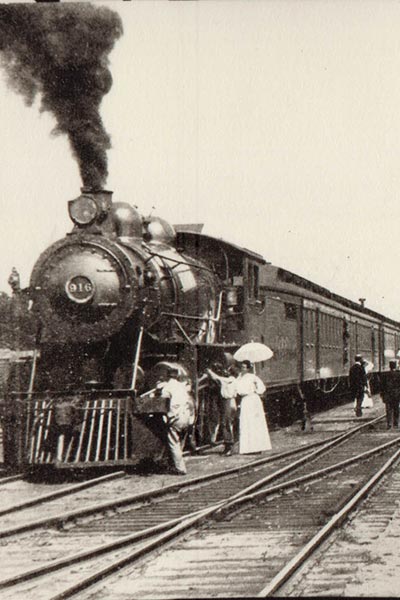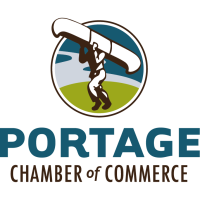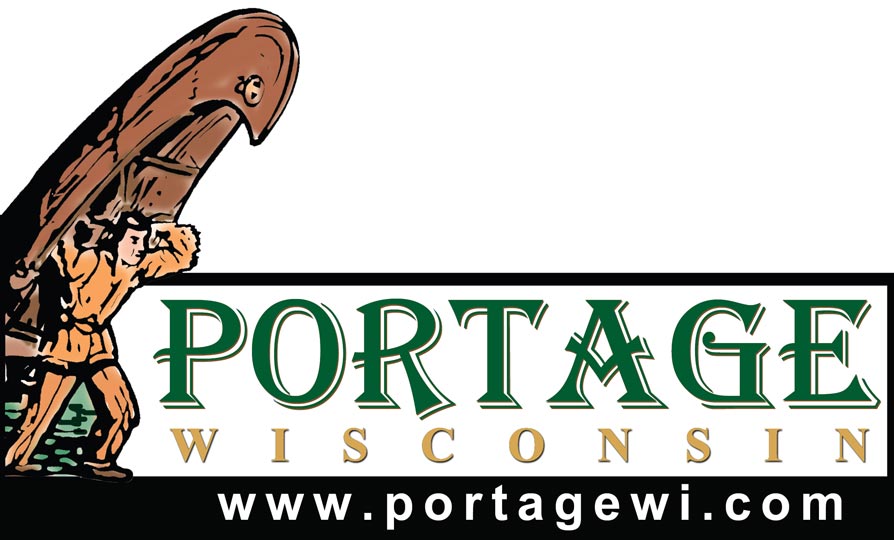CURRENT EXHIBITS
Come to our Museum to learn about the people and possibilities that intrigued Zona Gale, and many others.
Step into the past to learn about our history: the American Indians who lived here for thousands of years, the explorers who visited, the settlers who moved here in the early 1800’s, followed by the entrepreneurs who saw opportunity, and the men and women who built homes, schools, stores and churches. Most of the artifacts in our exhibits came from Portage residents who lived ordinary lives in this small town on the big river. But through their keepsakes and family records we learn about our roots and discover why people born in Portage may move away but they come back to renew friendships. The prime example of that is author Zona Gale, a Pulitzer Prize winning author who lived in Milwaukee and New York City but commented, after one of her occasional visits back to Portage in 1903, that “her old world was full of new possibilities” and the lives of people here provided ample material for her novels, short stories and plays. She came back to stay in 1904.
